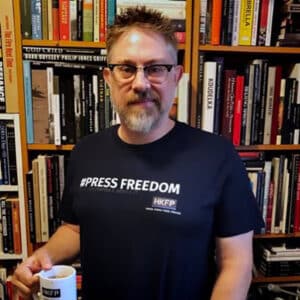In the early hours of July 22, 2020, photojournalist Rian Dundon was covering a protest outside of the Mark O. Hatfield United States Courthouse in Portland, Oregon. As police officers rushed the scene, Dundon was knocked to the ground by marshals as...



